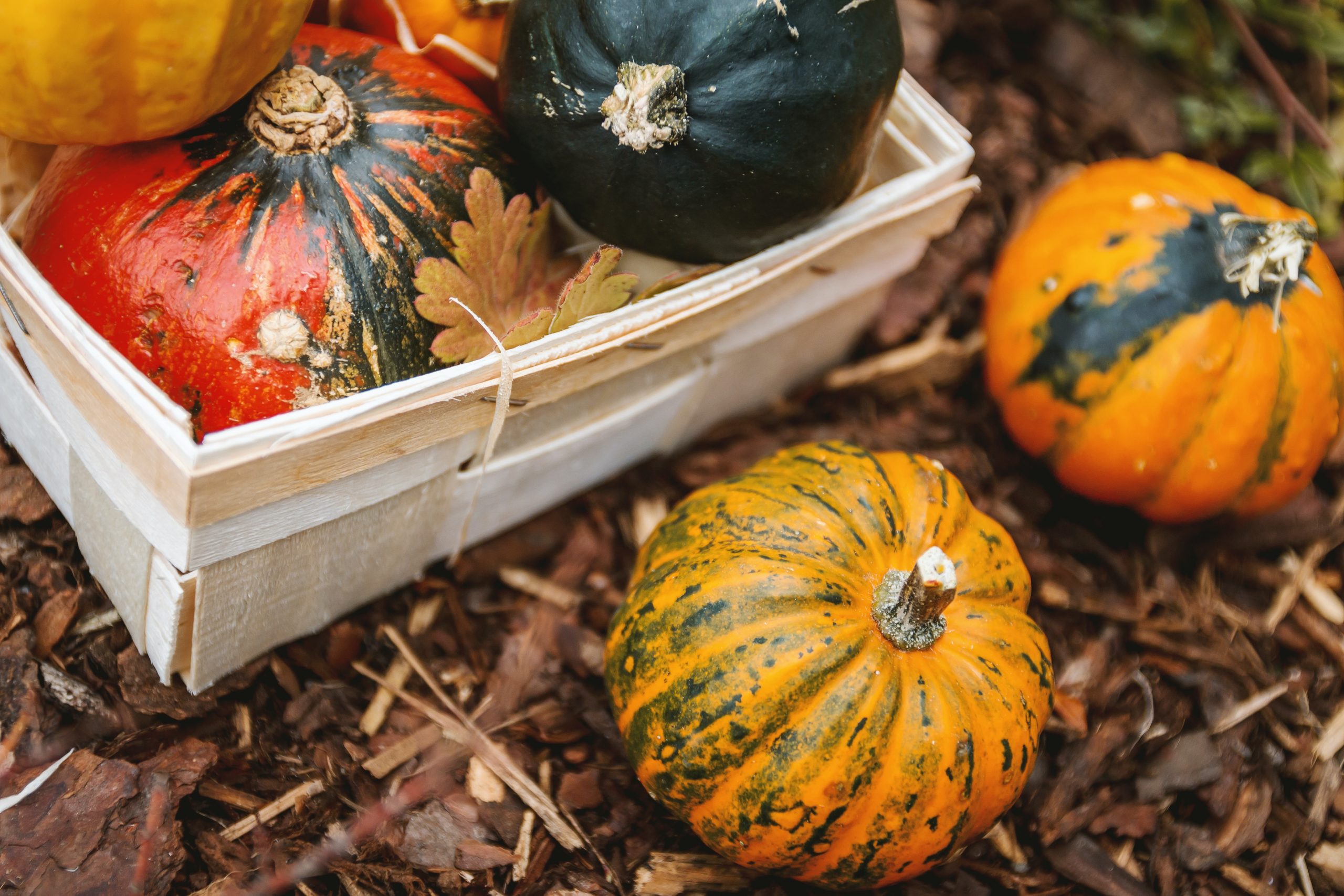
When you think about growing pumpkins, it can be easy to assume that you don’t need to worry about planting these until later this summer. After all, pumpkins are autumn plants!
Fun fact: Pumpkins actually need to be planted in the summer to be enjoyed this fall.
That means it’s time to start prepping your pumpkins now.
Why grow pumpkins in the first place?
Not only are pumpkins a pretty addition to your fall garden, but if you have your own farm, you can also grow a pumpkin patch as an additional income stream!
Keep reading for your basic guide to growing pumpkins.
When should you plant pumpkins?
There are hundreds of varieties of pumpkins, and each variety has its own timeline for reaching maturity.
However, pumpkins generally take about 100 days to reach maturity. You want to ensure your pumpkin plant produces fruit prior to your first big frost, depending on which zone you live in.
In Tennessee, plant your pumpkins between June 15 – July 10.
What are the basics of growing pumpkins?
Which pumpkins seeds should you pick for growing pumpkins?
Pumpkins are the butterflies of the produce world—they come in just about any size, shape, taste, and texture you could wish.
Pick your variety depending on your pumpkin dreams. Are you growing them for ornamental gourd decor? To make jack-o-lanterns? To bake up a fresh pumpkin pie?
For ornamental gourds, go for “Daisy,” “Tennessee Spinning,” or a gourd seed mix for a collection of gourd varieties.
For carving jack-o-lanterns, “Jack-o-lantern” (yes, that’s really the name!) and “Howden” varieties are great for carving.
For baking, sugar varieties like “Baby Pam,” “Autumn Gold,” and “Fairy Tale” are easily accessible options. “Cinderella,” “Lumina,” “New England Pie Pumpkin,” and “Long Island Cheese” are other recommended baking varieties.
There are multiple places to buy pumpkin seeds at any local garden center or Co-op. If you prefer to order online or by phone, there are several companies that we use and recommend: Harris Seed, Johnny’s Selected Seeds, and Urban Farmer.
Where should you plant your pumpkins?
Pumpkin needs full sun to thrive. Pumpkins are a vining plant, so make sure they have plenty of space to spread out. You can also plant your pumpkins in a mound—a slightly raised hill of soil. This raised soil heats up quicker and allows easier water drainage.
Each variety will have specific instructions related to sun needs; check your seed packet for variety-specific information.
Pumpkins can also be grown in containers—the bigger, the better. Plants in containers need to be watered more frequently, as the soil dries out quicker.
How often should you water your pumpkins?
Like other produce, pumpkins need a good soak about once a week, depending on rainfall amounts.
If you are experiencing a particularly sweltering summer’s day, your pumpkin’s foliage may appear wilted. This doesn’t necessarily mean that they need more watering—check the soil moisture levels before watering to avoid risking root rot by overwatering.
Adding mulch to your pumpkin beds will help retain moisture.
Do you need to pollinate your pumpkins?
Pollination is a requirement for fruit come fall. That’s where our friends, the bees, come into play—as they move between the male and female flowers of the pumpkin, they pollinate the flowers, ensuring plump pumpkins are in your future.
One way to attract bees is to ensure you have plenty of flowers that attract these buzzing beneficial insects to your garden. Goldenrods, sunflowers, and marigolds are great options, as they bloom from late summer into fall, just in time for pumpkin flowers to be pollinated.
But if bee activity is low or non-existent, pumpkins might need some pollination assistance.
Gardening Know How has an excellent article on two easy ways you can hand-pollinate your pumpkins.
How do you protect your growing pumpkins from pests?
Squash bugs, squash vine borers, and cucumber beetles are all arch nemesis of the pumpkin. One way to protect against these pests is covering your young plants with floating row covers. However, you’ll need to remove these covers once flowers develop, since you’ll need the bees to come in and pollinate them.
Beneficial insects are a natural way to keep predator bugs at bay. Check out this blog post on 12 beneficial insects to control pests.
***
Happy pumpkin growing! If you have questions about growing your own healthy food, we are always here to help. Email us at stoneycreekfarmtennessee@gmail.com.

